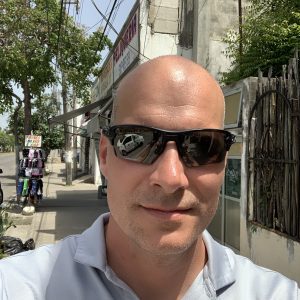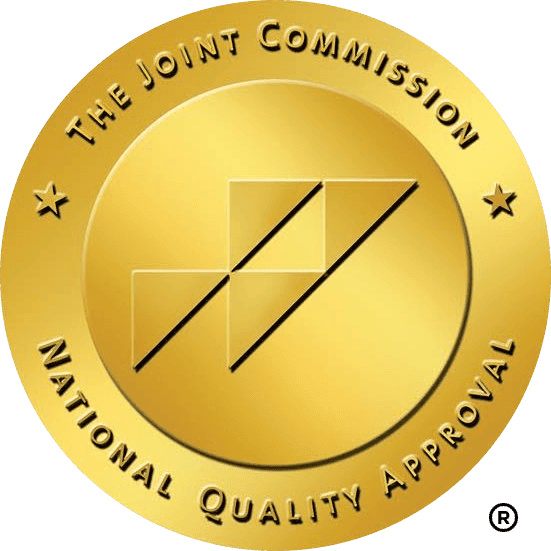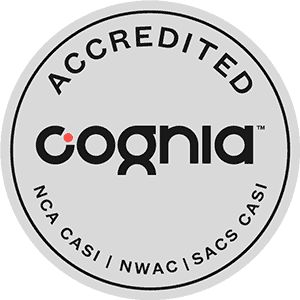“Goal setting and monitoring are a collaborative means of mapping and tracking a course of mutually accountable treatment,” wrote Magill, Martino, and Wampold in their 2021 study on the principles and practices of goal-setting in the treatment of substance use disorder.
It’s one of the cornerstones of the services provided at Turning Winds. “We’re all about our students having goals,” says clinical director Jared Sartell, LCSW. “Our program is designed for them to have their own goals that we are promoting toward their mental and emotional health.”
Since Turning Winds is a residential treatment center and boarding school, the treatment team has a lot to say about what those goals probably should be. “We certainly use our relationships to influence the areas they are setting goals in but we very much want them to be in a position where it’s their process,” Sartell says. “They’re the ones driving it.” Clients determine what direction they want to go that will help them reintegrate with their families and the world, or help them maintain their sobriety or be more emotionally stable.
“They have a structured program that they follow and that outlines the framework for them to set goals to achieve,” explains Sartell. “We also encourage them to look at the bigger picture and ask ‘In your life, what can you practice now to achieve this level that will also mean something to you in your life outside of Turning Winds?’”
It’s important to meet the teens where they’re at. Turning Winds clients represent a cross-section of 13–18-year-olds with different degrees of maturity. “We have them set goals that are commensurate with their ability and skill level,” Sartell says. “We’re not asking a thirteen-year-old to practice a type of thinking that’s developmentally beyond them. For older kids who are immature, we try to get their brains firing so they can catch up to an age-appropriate level.”
 ACHIEVING GOALS WITH THE STARS PROGRAM
ACHIEVING GOALS WITH THE STARS PROGRAM
The therapeutic approaches at Turning Winds include character education, health, wellness of body and mind, therapeutic and academic success, and outdoor therapeutic experiential education.
One motivational element of our therapeutic approach is the STARS Program. It represents different mile markers our teenage clients can achieve. The Stars Program is all about promoting change. The mountaineering-inspired markers our teens can achieve are called Start, Trail, Approach, Ridge, and Summit. “The pinnacle of our program is also meant to be the pinnacle of their therapeutic process,” explains Sartell. “We have five levels. The fifth level is called ‘Summit’ and it is purely optional. About ten percent of our students achieve that level.”
How does the team know a student has reached that summit? “Our metric for that is: do they understand their issues and their patterns and are they consistently driving themselves to solve them? Everything is not fixed or repaired but they have a working understanding of what their hang-ups are gonna be in life and they are internally motivated to set their own goals to resolve those issues with little staff guidance. They’re really self-generated. So, the pinnacle is when students leave here they know who they are, they know what they are working on and they are internally motivated and capable of doing that on their own.”
Turning Winds clients learn how to correctly perceive and purposefully engage with the world around them. The program’s holistic approach, relational focus, and emphasis on achieving authentic openness make it especially effective at facilitating positive outcomes and long-term change.
At Turning Winds, the mission is to rescue teens in crisis, renew their belief in their potential, reunite them with their families, and put them on a sustainable path to success. Contact us online for more information, or call us at 800-845-1380.









